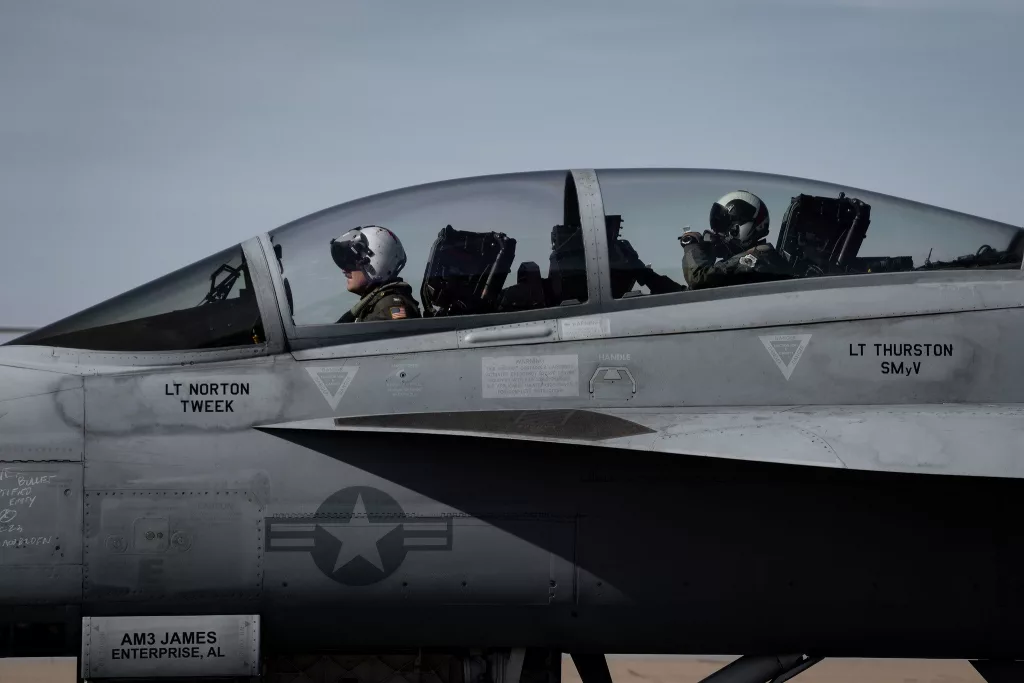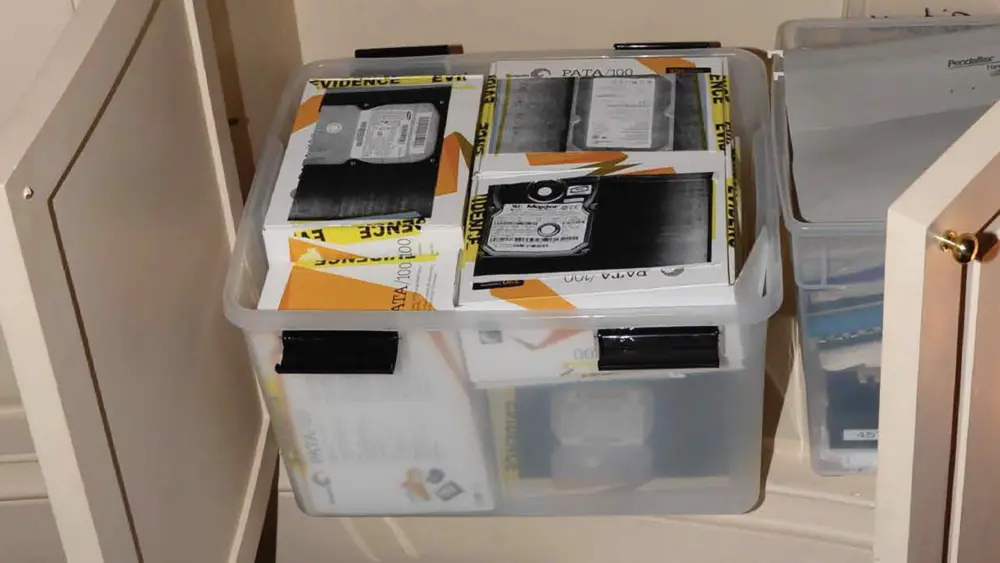WASHINGTON, D.C. – The loss of three F/A-18 Super Hornet fighter aircraft in the Red Sea could cost taxpayers $180 million to replace before production ends on the jets in 2027.
In six months of operations against Houthi militants in Yemen, the U.S.S. Harry Truman has lost three Super Hornet jets, with the latest coming on Tuesday after an arrestor gear failure on landing forced the pilot and naval flight officer of an F/A-18F to eject before being recovered safely.
This came after President Donald Trump said the U.S. would cease its air campaign against the Houthis in Yemen.
Last week, another F/A-18, this time a single-seat E model, rolled off the deck while the carrier was evading a Houthi missile.
On Dec. 22, an F model was lost when it was shot down by surface to air missiles fired from the cruiser U.S.S. Gettysburg while on a refueling mission.
The Super Hornets are often used as tankers for other aircraft in the air wing after the retirement of the Lockheed S-3 Viking in 2009.
Also in February, the Navy relieved Capt. Dave Snowden, commanding officer of the Truman on Feb. 20 “due to a loss of confidence in his ability to command” after the carrier collided with an Egyptian merchant ship on Feb. 12 and suffered some damage that required temporary repairs.
Rep. Jonathan Jackson, D-Ill., blasted the Pentagon over the aircraft losses in a social media post.
“Another $60 million F/A-18 Super Hornet lost – that’s three now – while working families face brutal cuts,” Jackson said. “Hiring a Fox & Friends host to run the Pentagon and attacking DEI instead of focusing on readiness clearly isn’t working. We need leadership, not cable news cosplay.”
DEI is an acronym for diversity, equity and inclusion.
The Boeing jets, built at the former McDonnell-Douglas plant in St. Louis, will no longer be built after a final batch of 17 is delivered in spring of 2027.
The 2025 National Defense Authorization Act, which is the budget outlay for the Department of Defense, has allocated only $28.6 million for F/A-18 procurement.
There are 14 active strike fighter squadrons equipped with either the single-seat E models or twin-seat F variants, plus training squadrons at Naval Air Station Lemoore in California and Oceana in Virginia.
Older Super Hornets also equip the Blue Angels flight demonstration team and an adversary squadron at Oceana, which simulates enemy aircraft in mock dogfights for training with active squadrons.
Complicating matters is a requirement in the NDAA for the Navy to use eight F/A-18 aircraft to set up a new “deployable tactical fighter squadron” in the Naval Reserve. Each strike fighter squadron usually has either 12 Super Hornets or 10 F-35C Lightning II aircraft.
Each of the 10 carrier air wings has four strike fighter squadrons, usually three with E models and one with F models. An F-35 squadron is supposed to replace one of squadrons equipped with E models in each wing.
The last Reserve strike fighter squadron capable of deployment, VFA-204 based at Naval Air Station New Orleans, converted to an adversary training mission with the non carrier-capable F-5 Tiger.
That will leave the U.S. Navy with only one fighter aircraft in production, the Lockheed F-35C carrier-capable variant that costs about $102 million per aircraft. Congress has appropriated nearly $1.85 billion to procure more of the C-model aircraft for the Navy and Marine Corps, about $47.16 million less than the Navy requested.
There are eight strike fighter squadrons equipped with the F-35 and two more from the Marine Corps that can also deploy as part of a carrier air wing.
According to data from the U.S. Navy, Class A mishaps (defined as a loss of $2.5 million or a complete aircraft loss and/or a fatality or permanent disability) were up in 2024 compared to the previous year. There were 11 Class A mishaps with manned aircraft in 2024, compared to 2023 when there were seven.
That is still less than 2014, when there were 15 Class A mishaps and considerably more than the 10-year low in 2019, when there were only five.
While the losses are expensive for taxpayers, it pales compared to the early days of jet aircraft with the U.S. Navy.
In 1954, the Navy/Marine Corps accident rate was almost 55 major mishaps per hundred thousand flight hours, meaning that 776 aircraft and 535 aviators were lost. The Navy later created training squadrons for each fleet aircraft and standardized procedures, known as the Naval Aviation Training and Operations Procedures Standardization.





